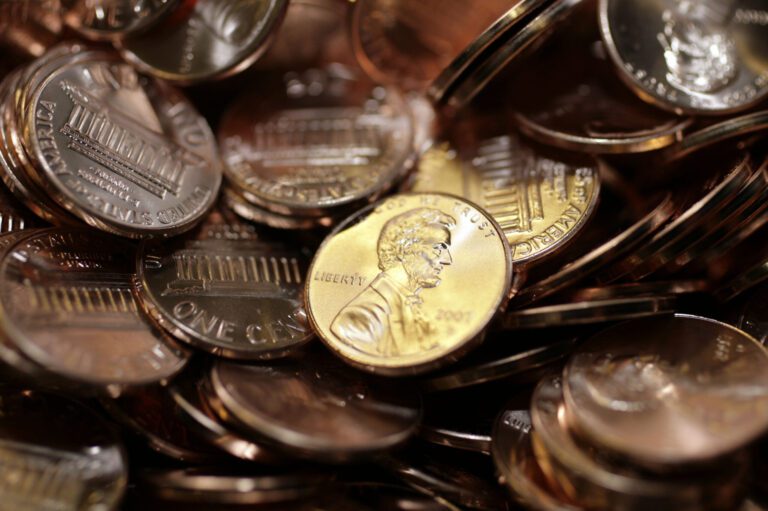The End of the Penny: A Shift in U.S. Currency
The United States is on the verge of a significant change in its currency system: plans are underway to phase out the penny, a coin that has been a staple of American currency for over two centuries. This move, announced by the U.S. Department of the Treasury, aims to enhance government efficiency and reduce wasteful spending for taxpayers.
A Financial Burden
The push to discontinue the penny is primarily driven by its cost of production. It currently costs nearly 4 cents to mint a single penny, leading to substantial losses for the federal government. In 2022, the production of three billion pennies resulted in losses exceeding $85 million. The effort to eliminate this coin reflects a broader strategy to streamline governmental operations and reduce unnecessary expenditures.
Treasury’s Statement
In a recent statement, a Treasury official highlighted the importance of this decision, saying:
“Given the cost savings to the taxpayer, this is just another example of our administration cutting waste for the American taxpayer and making the government more efficient for the American people.”
Historical Context
For nearly 20 years, the cost of minting the penny has been greater than its face value, making it a subject of debate among policymakers. Bipartisan support for its removal has been growing, as many lawmakers agree that maintaining the penny constitutes a waste of resources.
Former President Donald Trump has voiced strong opinions about the penny since assuming office in January. In a post on Truth Social, he stated:
“For far too long the United States has minted pennies which literally cost us more than 2 cents. This is so wasteful. I have instructed my Secretary of the US Treasury to stop producing new pennies.”
Trump’s call to action resonates with a desire to eliminate financial inefficiencies, emphasizing that even small changes can lead to significant savings in the national budget.
Legislative Initiatives
While the Treasury’s plans signal a major policy shift, actual legal changes will require congressional action. So far, several bipartisan proposals have emerged to formalize the penny’s exit from circulation:
- Make Sense Not Cents Act: Introduced by Senators Mike Lee and Jeff Merkley, this bill aims to make the cessation of penny minting permanent.
- Common Cents Act: This proposal, put forth by Congresswoman Lisa McClain, Congressman Robert Garcia, and Senators Cynthia Lummis and Kirsten Gillibrand, also seeks to eliminate the penny.
However, previous attempts to abolish the coin have not gained traction in Congress, leaving the future of the penny uncertain.
Conclusion: A Future Without Pennies?
As the U.S. government prepares to phase out the penny by early next year, it opens the door for a broader conversation about the efficiency of currency in the modern economy. The potential savings of nearly $60 million annually in material costs highlight the significance of this decision.
For those interested in the history of U.S. currency or the effects of coin production on the economy, this shift marks a pivotal moment. To delve deeper into topics related to currency efficiency, consider reading about the history of the U.S. dollar here.
The penny may soon be a relic of the past, but its departure could usher in a more streamlined and efficient financial future for the United States.


